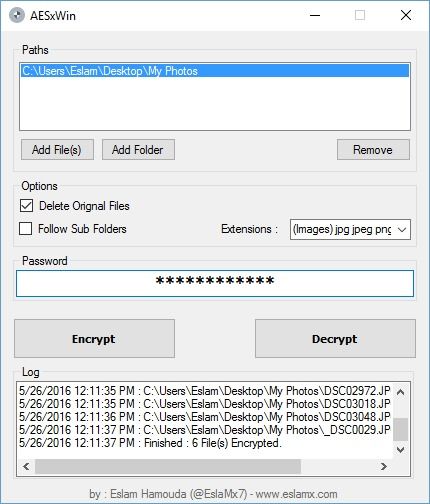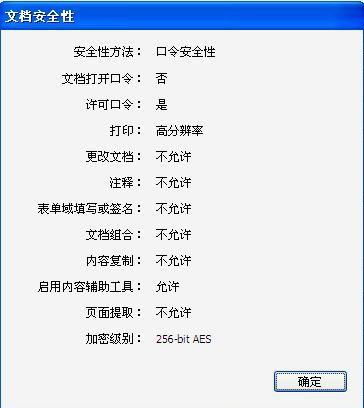
256-bit AES: A Deep Dive into the Security Fortress
Understanding the intricacies of encryption is crucial in today’s digital age, where data breaches and cyber threats are on the rise. One of the most robust encryption algorithms is the Advanced Encryption Standard (AES), particularly its 256-bit variant. This article will delve into the details of 256-bit AES, exploring its origins, functionality, and applications.
Origins and Development

The AES algorithm was developed by the U.S. National Institute of Standards and Technology (NIST) in 2001. It replaced the Data Encryption Standard (DES), which had been in use since the 1970s. The 256-bit version of AES, known as AES-256, was selected as the winner of the AES competition in 2001, offering a higher level of security compared to its predecessors.
How AES-256 Works

AES-256 is a symmetric key encryption algorithm, meaning the same key is used for both encryption and decryption. The algorithm operates on 128-bit blocks of data and uses a 256-bit key. Here’s a simplified breakdown of the process:
-
Initialization: The encryption process begins with an initialization vector (IV), which is a random value used to ensure that the same plaintext encrypted with the same key will produce different ciphertexts.
-
Key Expansion: The 256-bit key is expanded into a set of round keys, which are used in each round of encryption.
-
Encryption Rounds: The plaintext is divided into 128-bit blocks and processed through 14 rounds of encryption, each involving substitution, permutation, and mixing operations.
-
Final Output: The final output is the encrypted ciphertext, which is the result of the 14 rounds of encryption.
Security and Strength

The primary advantage of AES-256 is its strength against brute-force attacks. A brute-force attack involves trying every possible combination of the key until the correct one is found. With a 256-bit key, there are 2^256 possible combinations, making it computationally infeasible to crack the encryption using brute-force methods within a reasonable amount of time.
Here’s a comparison of the number of possible combinations for different key lengths:
| Key Length | Number of Combinations |
|---|---|
| 128-bit | 2^128 |
| 192-bit | 2^192 |
| 256-bit | 2^256 |
As you can see, the 256-bit key offers a significantly higher level of security compared to its shorter counterparts.
Applications of AES-256
AES-256 is widely used in various industries and applications, including:
-
Financial Services: Banks, credit card companies, and other financial institutions use AES-256 to secure sensitive data, such as account numbers and transaction details.
-
Healthcare: AES-256 is used to protect patient records and other sensitive health information.
-
Government: Government agencies use AES-256 to secure classified information and communications.
-
Enterprise: Many businesses use AES-256 to secure their data, both in transit and at rest.
Conclusion
256-bit AES is a powerful encryption algorithm that offers a high level of security against cyber threats. Its origins, functionality, and applications make it a crucial tool in protecting sensitive data in today’s digital world.





